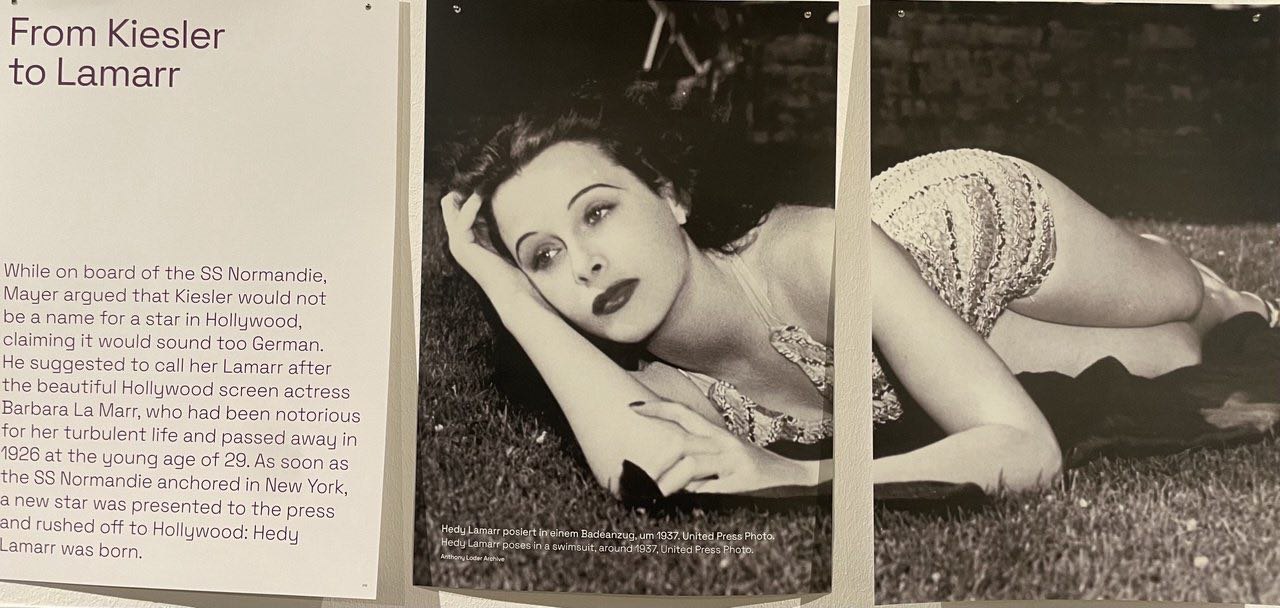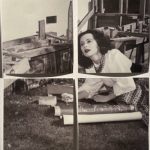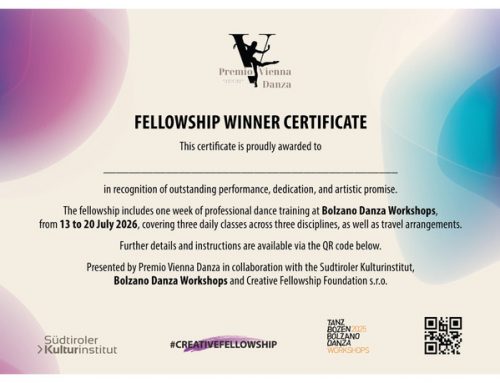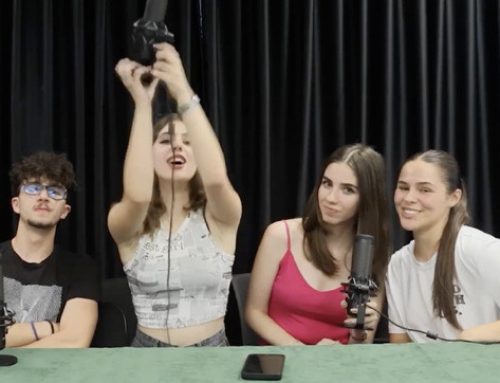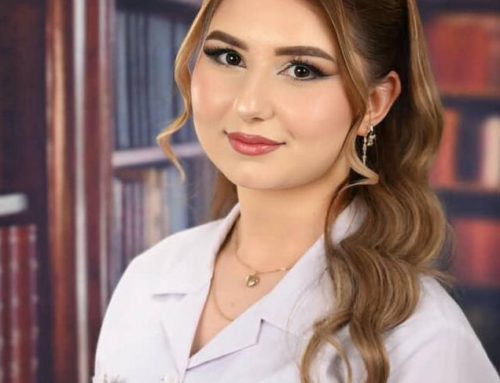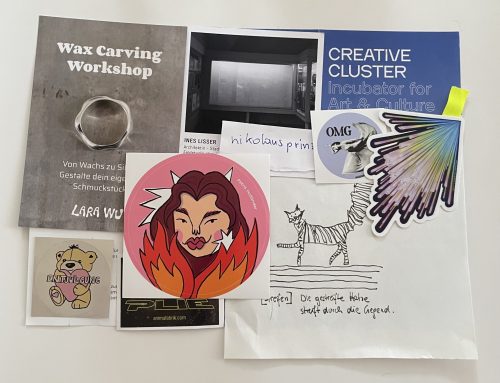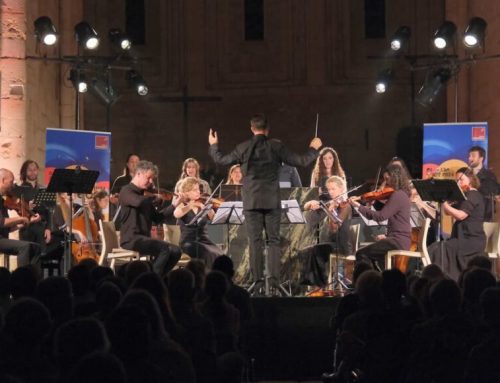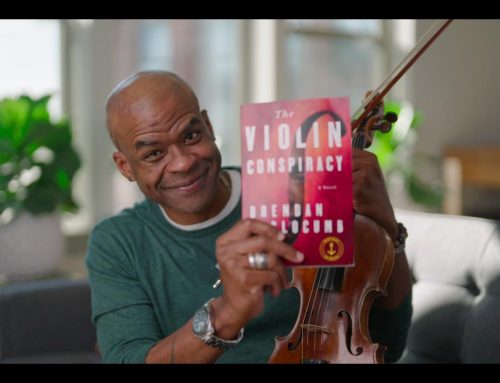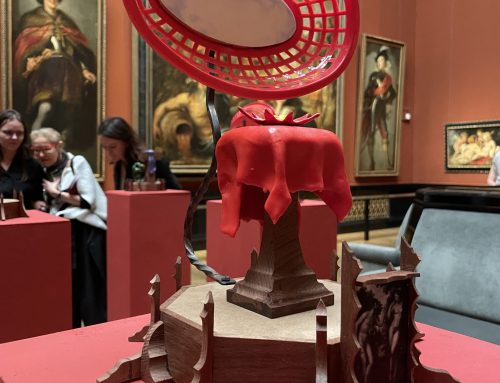Apparently, their sitting down to play piano together resulted in our luxury of enjoying Wi-Fi and mobile phones.
Last month, our alumna Karina Tsipovyaz, a recent engineering graduate, shared that her participation in our artistic projects taught her to use creativity when searching for new engineering solutions. Today, Karina is working at Vodafone in her home country, developing the next generation of mobile communication systems. Surprisingly, it was not engineers but artists who came up with the idea that became a precursor to Bluetooth and WLAN. At least, that’s what we learned from our visit to the Housewife. Artist. Tomboy. exhibition about the famous Viennese-born Hedy Lamarr at @moebelmuseum_wien.
The actress in question was Hedy Lamarr, labeled as “the most beautiful woman in the world.” Her breakthrough role came in the 1933 German film Extase, in which, at just 19 years old, she performed what was then a highly controversial nude scene. Over the course of her career, she starred in more than 30 films.
The “bad boy” of music was none other than the dashing American composer George Antheil (1900–1959). Antheil was the first American to have an opera premiered at a major European house. He was an expert in making machines communicate with one another and had a keen interest in endocrinology—he even published three books on glands.
One night, as they played a four-handed piano duet, they discussed the prospect of the U.S. entering the war in Europe. Lamarr had been introduced to engineering by her father before becoming an actress, and Antheil had experience with automated systems and synchronization. Drawing on their knowledge, they set themselves a challenge: to find a way to prevent the Germans from jamming the radio signals that controlled torpedoes targeting U-boats, which were wreaking havoc on British shipping in the Atlantic.
Their solution was a radio-directed torpedo system based on a transmitter and receiver that constantly and randomly shifted frequencies. The idea was inspired by piano rolls, which change notes automatically in player pianos. Their system operated across 88 different frequencies—corresponding to the 88 keys on a piano—switching signals in rapid bursts to make enemy interception difficult. The programming was done using paper tape, a technique Antheil had previously used to synchronize player pianos.
The military never adopted their invention, but their idea became the foundation of spread-spectrum technology—the basis for modern digital wireless communication. So, the next time you use your mobile phone, remember: it works partly because, one wartime night in Los Angeles, an avant-garde composer and a movie goddess sat down to play a duet on the piano—and ended up discussing torpedoes.
If you’d like to learn more about Hedy Lamarr, we recommend reading “The Only Woman in the Room”, a novel by Marie Benedict or watching “Bombshell: The Hedy Lamarr Story” (2017), a documentary directed by Alexandra Dean.

